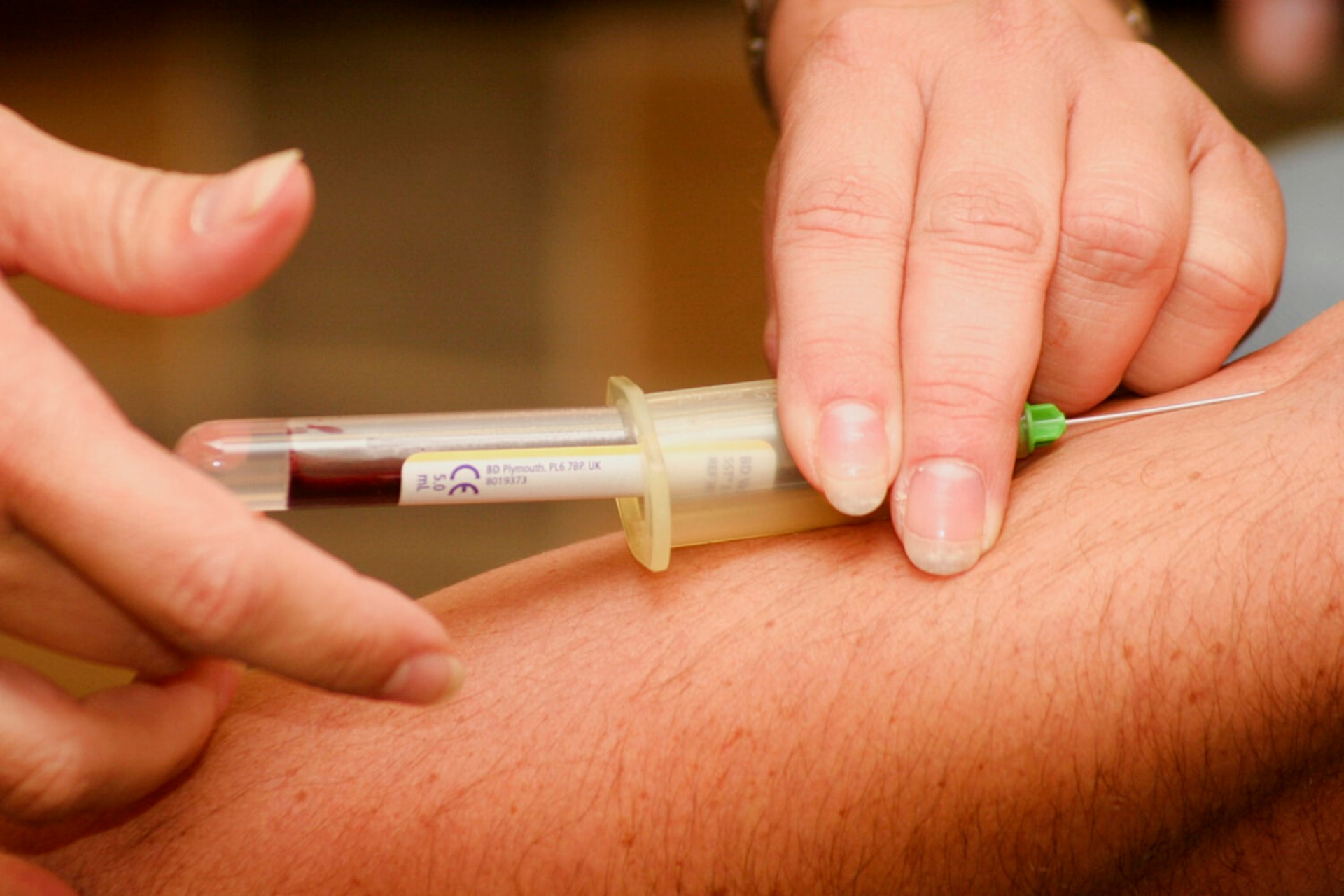What is Clinical Waste?
Clinical waste is defined as any waste generated by health care industries such as medical, dental, pharmaceutical and other clinical related activity. According to the World Health Organisation (WHO), 15% of medical waste produced is considered hazardous as it may be infectious, radioactive or contain chemicals that have the potential to cause further injury, infection or offence.
What are the different types of waste?
Waste and by products of waste, can include:
- Infectious waste – waste contaminated with blood and other bodily fluids (e.g. from discarded diagnostic samples) or waste from patients with infections (e.g. swabs, bandages and single-use medical devices)
- Pathological Waste – human tissues, organs or fluids, body parts and contaminated animal carcasses.
- Sharps Waste – syringes, needles, disposable scalpels and blades, etc.
- Chemical waste – solvents and reagents used for laboratory preparations, disinfectants, sterilants and heavy metals contained in medical devices (e.g. mercury in broken thermometers) as well as batteries.
- Pharmaceutical waste – expired, unused and contaminated drugs and vaccines.
- Radioactive waste – such as products contaminated by radionuclides including radioactive diagnostic material or radiotherapeutic materials.
Why is it important to separate the waste?
It is important to understand the different types of waste and how to separate them in order to protect the environment and individuals from harm. Risks associated with medical waste include:
- Health Risks – clinical waste can contain infectious agents, radioactive materials or hazardous chemicals which could infect patients, health workers and the general public if not disposed of properly.
- Sharps Related – Around 16 million injections are administered by syringe or needle each year. Of these 16 million, a large portion are not disposed of in the correct manner. This can cause further injury and re-infection. An individual who accidentally encounters an injury from a needle used on an person infected with HIV has a 30% chance of being infected.
- Environmental Impact – Incorrectly disposing medical waste can lead to health risks through the release of pathogens and toxic pollutants which then spread into the environment. Untreated health care waste can also lead to contamination of underground soils and drinking water, affecting the wider population and putting the general public at risk.
How to dispose of medical waste correctly?
Due to the potential health and environmental impact medical waste can have, it needs to be disposed of correctly. This is to ensure the waste is treated so that it no longer has the dangerous properties of medical waste and can be reclassified. After treatment, the waste must no longer be injurious, infectious or able to give rise to offence in order for reclassification to occur.
At Alsco, we have a sharps container and clinical disposal bins for workplace washrooms that have been designed while keeping the ease of use and the privacy of the user in mind. Our secure sharps bins disposal service ensures disposal of hazardous waste and sharp objects in accordance with EPA regulations.
Sharp Waste Bin
- Suitable for syringe and needle disposal
- Secure steel container with dual locking system
- Available in 1.4 litre and 7 litre containers
Waste Disposal Bin
- Suitable for medical waste disposal
- Units available in a range of sizes
- Complies with local and federal legislation
Get in touch with Alsco today to organise your rental service for your clinical needs!



